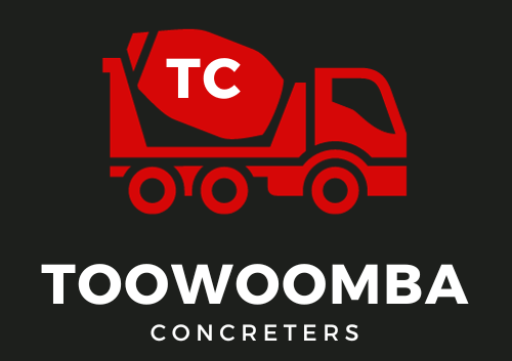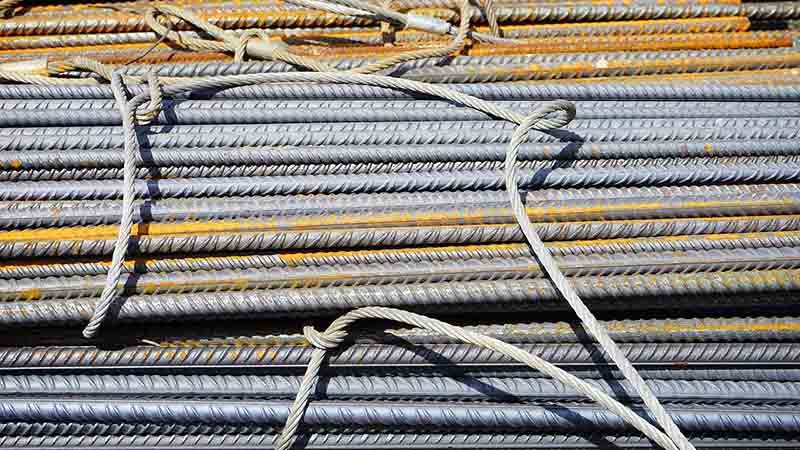Concrete formwork is essential for shaping and supporting concrete until it hardens. This guide provides a deep dive into concrete formwork, covering materials, planning, safety, and troubleshooting. Proper concrete curing is also essential after the formwork is removed.
Choosing the Right Formwork
Selecting the correct formwork material is crucial for project success. Consider cost, durability, and the project’s complexity. Understanding the nuances of each material will help you make informed decisions, impacting both the project’s timeline and budget. More details on material selection considerations would be beneficial, such as specific weight limitations for each material, recommended applications for each (e.g., foundations, walls, columns), and a more in-depth discussion of cost comparisons, including not just initial cost but also lifespan and reusability. Choosing the right formwork ensures a solid foundation for your project.
- Timber: Affordable and readily available, timber is suitable for simple projects. However, it’s less durable than other options and can warp. Its lifespan is limited, especially with repeated use. Thermal expansion can be an issue in fluctuating temperatures. What types of timber are best suited for formwork? How do you treat timber to extend its lifespan? Cost-effective for smaller projects.
- Steel: Strong and reusable, steel formwork is ideal for large or complex projects. It handles heavy loads and offers high precision. Steel resists warping and offers a long lifespan. However, it’s expensive and requires skilled labour. What gauges of steel are typically used? Are there different types of steel formwork systems available? Durable and precise for demanding projects.
- Plywood: A balance between cost and durability, plywood is versatile. It’s lighter than steel but less reusable. Choose marine-grade plywood for water resistance. Like timber, plywood can be affected by temperature changes. What thicknesses of plywood are commonly used? How many times can plywood typically be reused? Offers versatility at a reasonable cost.
- Aluminium: Lightweight and strong, aluminium formwork is easy to handle and transport. It’s corrosion-resistant and reusable, making it suitable for intricate designs. However, it’s more expensive than timber or plywood. What are the limitations of aluminium formwork in terms of load-bearing capacity? Lightweight and corrosion-resistant, ideal for transport and handling.
- Fibreglass: Durable and lightweight, fibreglass formwork resists corrosion and offers a smooth finish. It’s suitable for curved surfaces and complex shapes. However, it’s more expensive than traditional materials. How does fibreglass compare to other materials in terms of cost over its lifespan? Provides a smooth finish and is suitable for complex shapes.
- Engineered Wood: Strong and dimensionally stable, engineered wood products like laminated veneer lumber (LVL) offer high load-bearing capacity. They are suitable for beams and other structural elements. However, they are more expensive than standard timber. What are the specific advantages of using LVL for formwork? Offers high load-bearing capacity and dimensional stability.
Planning Your Formwork Project
Thorough planning is essential for successful formwork. Having a detailed plan minimises costly mistakes and ensures the project stays on track. Just as creating a checklist helps ensure all crucial steps are considered, meticulous planning in formwork is key to a successful outcome. Proper planning ensures efficient execution and minimises errors.
- Site Preparation: Clear the site, compact the soil to prevent settling, and ensure proper drainage. Establish a level base for the formwork. What are the best practices for soil compaction? How do you ensure proper drainage around the formwork? The essential first step for a stable foundation.
- Design Considerations: Calculate loads, consult span tables, and plan reinforcement strategies. Consider concrete pressure, wind loads, and other forces. Where can one find reliable span tables and load calculation resources? Crucial for structural integrity and safety.
- Material Calculations: Use formulas or software to accurately calculate material quantities. Consider waste and overages. What are some common formulas or software used for material calculations? What percentage of overage should be factored in? Accurate calculations minimise waste and control costs.
Ensuring a project runs smoothly and efficiently is crucial for staying on budget and meeting deadlines. Having a well-defined plan before starting any construction project is essential. Just as an SEO audit checklist helps optimise website performance, a comprehensive checklist for formwork projects can help identify potential issues and streamline the entire process.
Lead Magnet: Free SEO Audit Checklist Offer: Get a Free SEO Audit Checklist to Optimise Your Website Today CTA: Ready to take your website’s ranking to the next level? Download our Free SEO Audit Checklist and start optimising today! Leave your email below, and we’ll send you the checklist instantly. Plus, get a complimentary 15-minute consultation to review your site’s performance.
Formwork Safety
Safety is paramount in formwork projects. A safe job site is a productive job site. Neglecting safety protocols can lead to serious accidents and project delays. Prioritising safety protects workers and ensures project success.
- Fall Protection: Implement fall protection systems like guardrails, safety nets, and personal fall arrest systems. What are the specific OSHA requirements for fall protection in formwork? Critical for preventing falls and ensuring worker safety.
- Concrete Pouring: Pour concrete slowly and evenly to avoid segregation. Use appropriate methods for placing concrete in confined spaces. What are the best methods for pouring concrete in different situations (e.g., walls, columns, slabs)? Proper pouring techniques ensure uniform concrete strength.
- Formwork Removal: Follow safe procedures for dismantling and removing formwork. Ensure the concrete has achieved sufficient strength. Comply with OSHA regulations and industry standards. How do you determine when the concrete has reached sufficient strength for formwork removal? What are the proper procedures for dismantling formwork safely? Safe removal prevents damage to the concrete and ensures worker safety.

Maximising Efficiency
Optimise formwork projects for efficiency and cost-effectiveness. Efficiency in formwork translates directly to cost savings. Improved efficiency reduces project timelines and costs.
- Modular Formwork: Use modular systems for easy assembly, disassembly, and reuse. What are the different types of modular formwork systems available?
- Prefabrication: Prefabricated formwork components off-site for faster construction. What are the advantages and disadvantages of prefabrication?
- BIM (Building Information Modeling): Utilise BIM for clash detection, material optimization, and project coordination. Optimise concrete mix designs for strength, workability, and cost. Implement proper concrete curing methods for optimal concrete strength and durability. How can BIM be specifically applied to formwork projects? What are the best concrete curing methods for different environments? Enhances project coordination and optimises resource utilisation.
Troubleshooting
Address common formwork issues effectively. Knowing how to troubleshoot common problems can save valuable time and resources. A deeper understanding of the causes and solutions for each issue is essential for effective troubleshooting. Effective troubleshooting minimises delays and rework.
- Leaks: Use appropriate sealants for different formwork materials. Ensure proper joint preparation and application. What are the recommended sealants for different formwork materials? Prevent leaks to maintain concrete integrity.
- Bulging: Implement adequate bracing and support. Adjust bracing as needed during concrete pouring. How do you calculate the required bracing and support? Proper bracing prevents structural deformities.
- Honeycombing: Use appropriate vibration methods to consolidate concrete and eliminate voids. Avoid over-vibration, which can lead to segregation. What are the different vibration methods and when should each be used? Correct vibration techniques ensure a uniform and strong concrete surface.
- Formwork Blowouts: Ensure proper formwork ties and connections. Increase tie density in high-pressure areas. How do you determine the appropriate tie density for different situations? Secure ties prevent catastrophic failures during pouring.
- Surface Defects: Use release agents to prevent concrete from sticking to the formwork. Ensure proper formwork alignment and surface preparation. What are the different types of release agents and how are they applied? Proper surface preparation ensures a smooth and defect-free finish.
DIY Formwork
For small DIY projects, keep it simple and safe. DIY formwork can be a cost-effective solution for small projects, but it’s important to understand the limitations and potential risks. DIY formwork can be cost-effective for small, simple projects, but careful planning is essential.
- Simple Projects: Stick to basic projects like garden paths or small slabs. What are some examples of projects that are suitable for DIY formwork? Start with manageable projects to gain experience.
- Consult Codes: Consult local building codes and obtain necessary permits. Where can one find local building codes and permit requirements? Compliance with regulations is essential for any construction project.
- Professional Help: Seek professional advice for complex projects or structural elements. When is it necessary to consult a professional for formwork projects? Don’t hesitate to seek expert advice when needed.
Conclusion
Mastering concrete formwork is crucial for successful construction. By understanding materials, planning, safety, and troubleshooting, you can achieve high-quality concrete structures. Just as optimising a website requires careful planning and execution, successful formwork projects demand attention to detail and a thorough understanding of the process. A well-structured checklist can be invaluable for any project, ensuring all essential steps are considered.
Lead Magnet: Free SEO Audit Checklist Offer: Get a Free SEO Audit Checklist to Optimise Your Website Today CTA: Don’t miss out on the opportunity to boost your website’s performance. Download our Free SEO Audit Checklist now and start seeing results. Enter your email below, and we’ll send the checklist directly to your inbox, along with a free 15-minute consultation to discuss your site’s performance.




